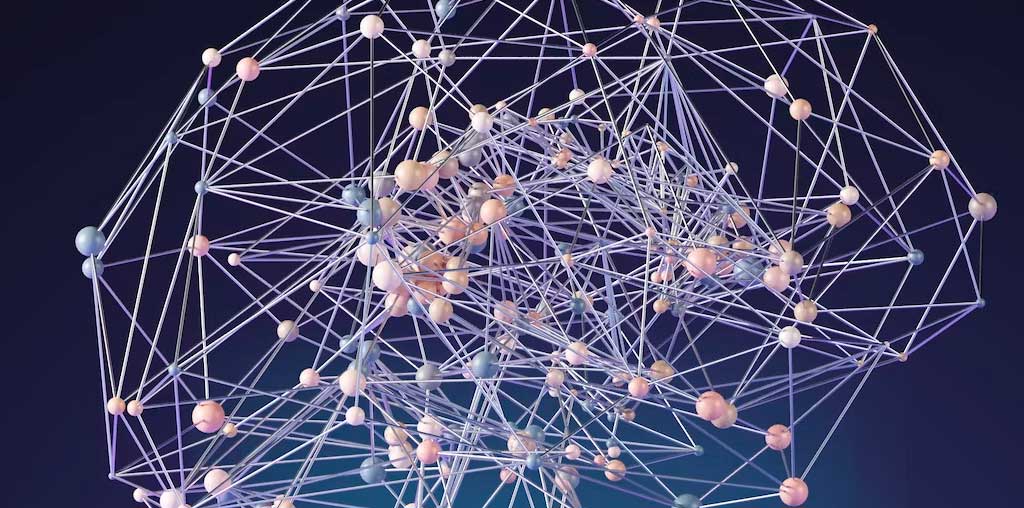A Brief History of Machine Translation
1930s
The First Machine Translation Patents
The first concrete machine translation patents were issued in 1933 in France by George Artsrouni, a French-Armenian, and in Russia by Petr Smirnov-Troyanskii.
Artsrouni designed a paper-tape storage device that could locate the equivalent of a word in one language into another and demonstrated a prototype in 1937.
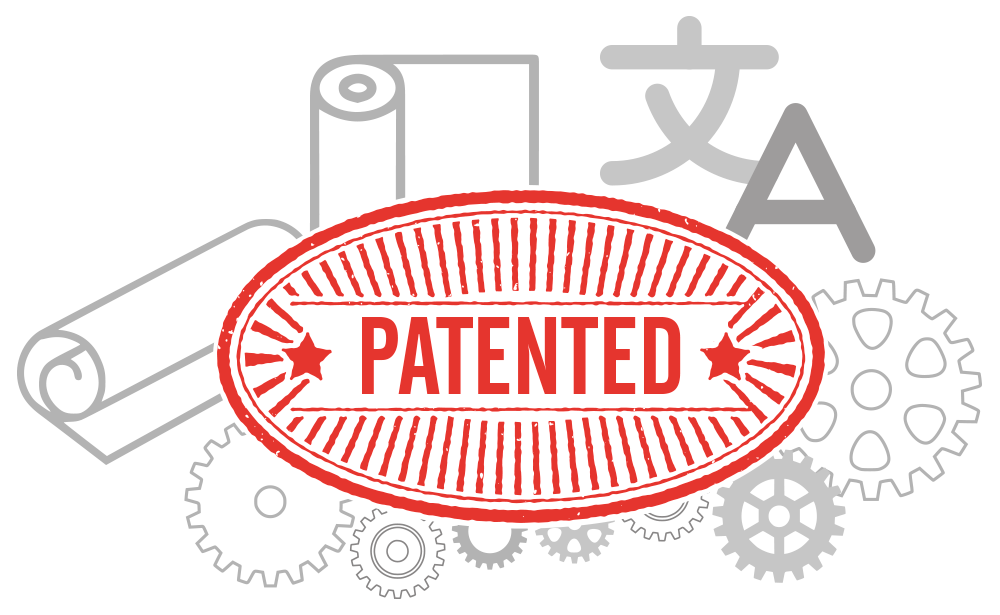
Troyanskii believed that “the process of logical analysis could itself be mechanized.” He pictured a three-part mechanical translation process and designed a machine to take on the second part, which converted sequences of base forms and functions into the equivalent in other languages.
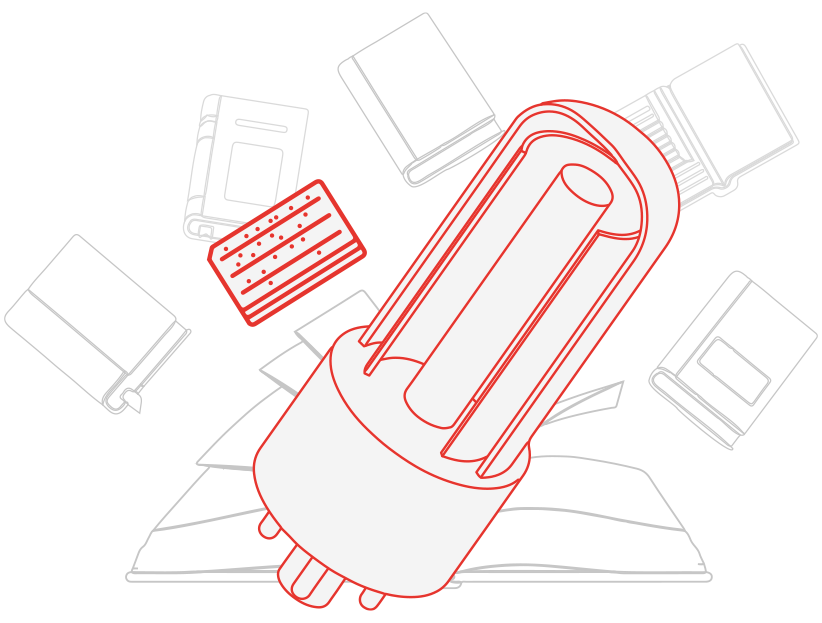
1949s
Machine Translation with Computers
The next big development in machine translation was in 1949 when Warren Weaver introduced various statistical techniques to use computers to translate text from one language to another. As a result, statistical machine translation (SMT) was born.
Rule-Based Machine Translation
The next few decades were surrounded by rule-based machine translation (RBMT), based on defined linguistic rules in source and target languages. Rules include things such as predefined grammar, syntax, dictionaries, and vocabulary lists. RBMT is considered the “classical” approach and was used until the next developments in MT.
1980s and early 1990s
Corpus-Based Approaches: Statistical Machine Translation and Example-Based Machine Translation
After RBMT was developed and used for a few decades, researchers turned to corpus-based approaches, where a collection of written or spoken content is stored for analysis and translated from one language to another. Two main styles of corpus-based MTs were created:
- Example-based machine translation (EBMT) - based on phrases or short texts.
- Statistical machine translation (SMT) - based on word frequency and word combinations.
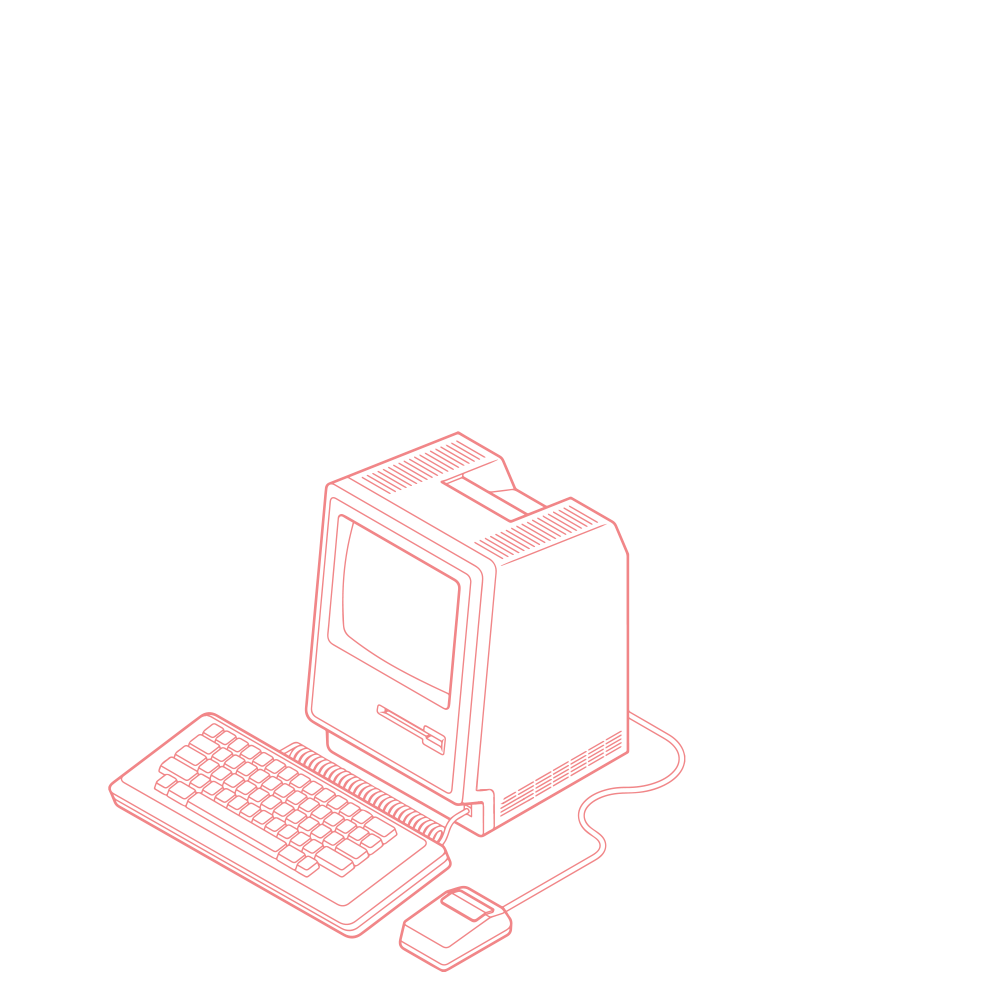
These models did away with rules and focused on identifying the most likely translation options, resulting in significantly better results than RBMT.
During this time, some significant online milestones occurred:
During this time, some significant online milestones occurred:
- In 1992, the first online machine translation was launched.
- In 1995, SYSTRAN released the first web-based MT tool.
- In 1997, search engine AltaVista's BabelFish, powered by SYSTRAN, provided real-time translations on the internet. This is the first time that lay people had access to an MT tool.
2000s
Neural Machine Translation
Neural machine translation (NMT) was developed in 2003 at the University of Montreal. NMT is a language model used for natural language processing based on a large neural network to model the translation process. In 2014, a sequence-to-sequence (Seq2Seq) model was developed for NMT, which challenged the SMT model. After Seq2Seq, NMT became the state-of-the-art MT tool.
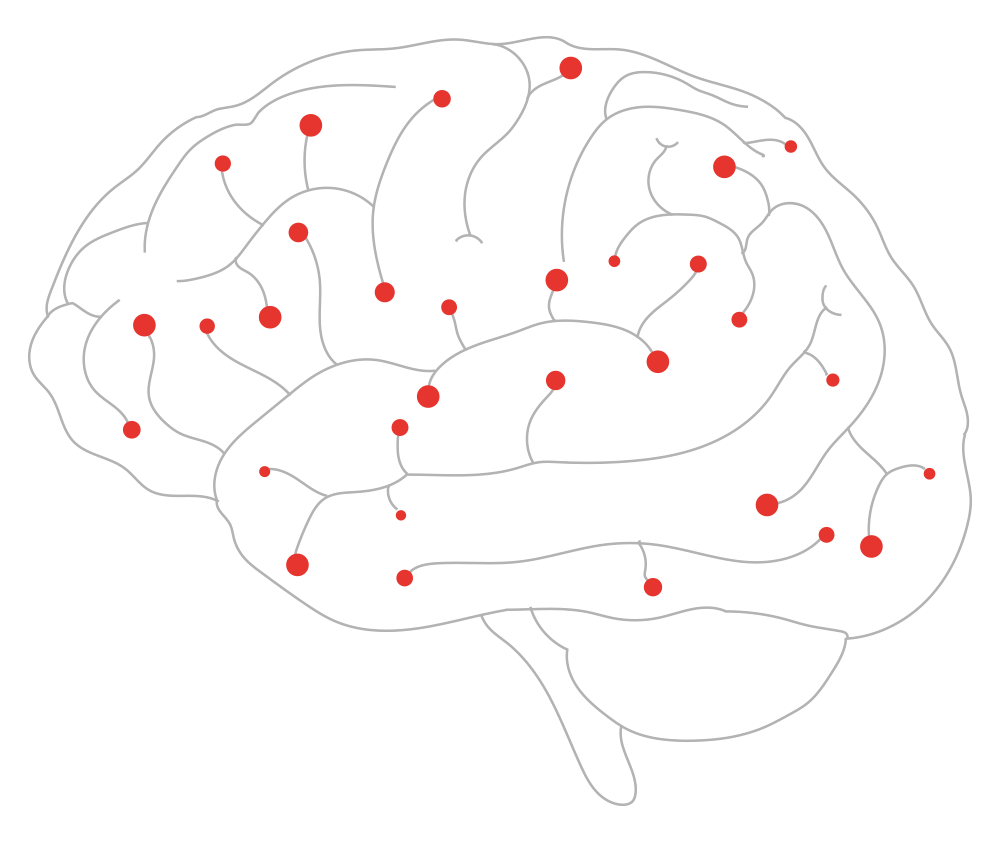
Google Translate was developed in 2006 using SMT and was used from 2007-2016. Then Google Translate built on to NMT, creating Google Neural Machine Translation (GNMT) in 2016 for nine languages. GNMT used recurrent neural networks (RNNs) to learn mapping between sentences and phrases, resulting in fewer engineering designs. In addition, it divided words, and not just sentences, to try to find the translation.
And Now
Emerging Technologies
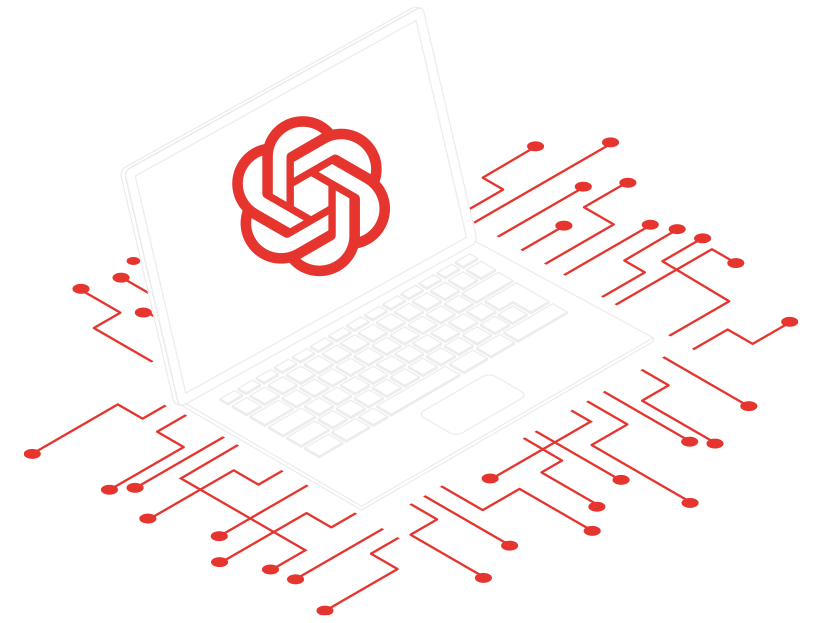
In the last few years, technologies around language models built on large-scale neural networks have sprung up. ChatGPT, probably the most well-known of these technologies, is an AI model developed by OpenAI. The model is designed to be conversationally interactive and engaging. These technologies are relatively new, and just like anything else, will take time to refine and improve.
Machine translation has come a long way since its inception more than 90 years ago. With the way that technology is rapidly advancing, it’s just a matter of time before the next big developments occur.
So, how can your business benefit from machine translation today?
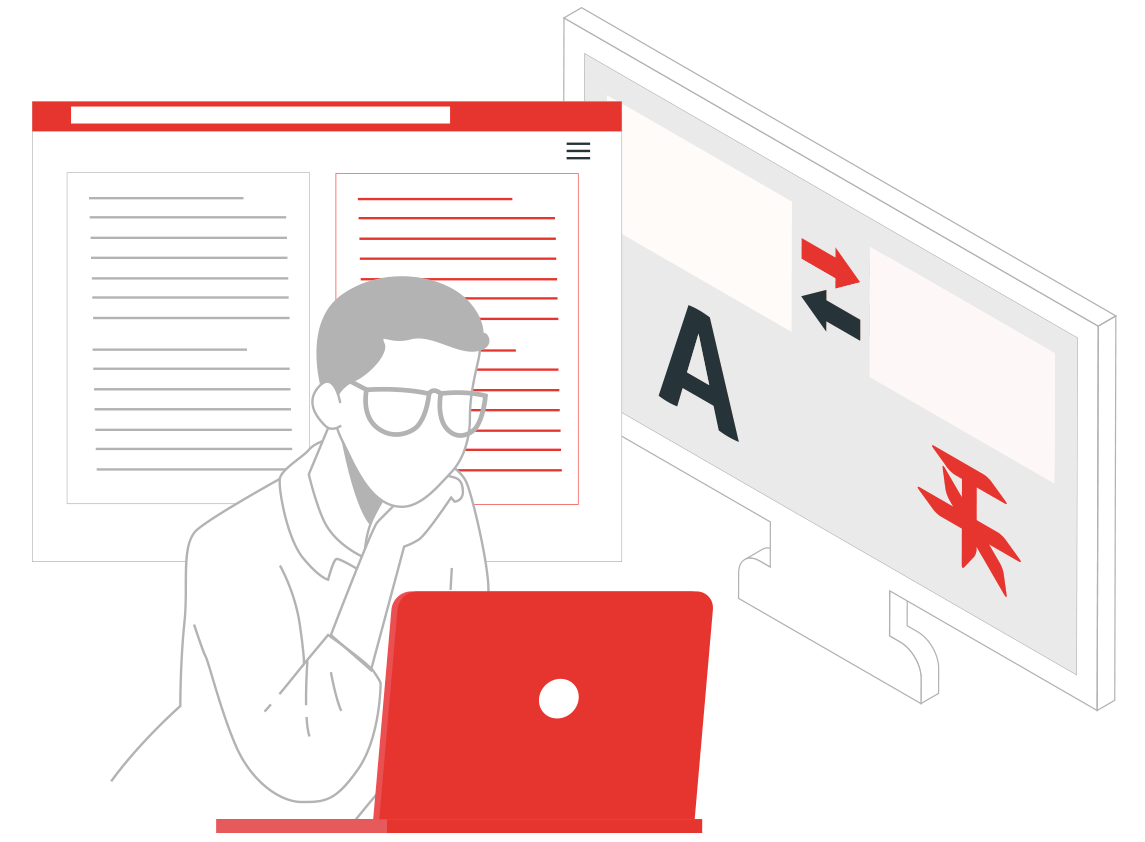
Our Machine Translation Services
At MondragonLingua, we provide machine translation services for all kinds of companies and organizations. We offer two types of machine translation:
-
Post-edited MT
Machine translation software generates a translation from the content, and then it goes through a human post-edit to improve the quality and accuracy. Machine translation post editing is best when content needs to be of high quality. -
Raw MT
Raw MT is used when content doesn’t need to be as accurate and can be suitable for internal documents, getting the general idea of something, etc.

